One might think that after discovering and purchasing a Mercedes W125, a W154 and a D Type Auto Union, Colin Crabbe might settle back and relax. But his business, and that of the classic car industry, had just begun. Already a seasoned world traveler, in the 1970s and 80s Crabbe ventured off to the U.S., Uruguay, Brazil, Argentina and Cuba where dozens of treasures were in wait. We have selected, at random, just a very few stories from his remarkable book.

The answer to “Car 54 Where are You” is here, here! Colin’s find in the U.S. was the famed SCCA racecar driven by Jack McAfee and Oscar Koveleski.
United States
The majority of Ferrari Monzas I found in the U.S. were clad in beautiful Scaglietti coachwork and several of these passed through our hands over the next twenty years. The rarest of all these was a canary yellow 857 Sport (0588) fitted with a Chevrolet engine. This car was unique being a standard Monza fitted new with an oversize four cylinder 3.5 engine, the largest ever built by Ferrari. The coachwork had a built-in fin similar to that on a Jaguar D-Type and I considered cutting this off, but luckily it was left in place as the car was in fact very original, fin and all. The 857 Sport was sold in 1971 through Chris Renwick, and it was recently to change hands at an American auction for several million dollars albeit with the original engine.
Uruguay
Uruguay and its capital Montevideo were completely unspoilt in those days and largely unchanged since the early 1950s. It was mainly an agricultural country bordering Argentina, Brazil and Paraguay but had little of the wealth of those countries and thus was somewhat dependent on them. Tito Dillon, a fine yachtsman, introduced me to a number of car collectors in Montevideo, a most civilized city, and I was to come across some remarkable motorcars.
There was a cache of Bugattis consisting of two Brescias, a Type 37 chassis frame, and a charming running Type 30.
One charming eccentric was Elias Carvallido, who lived with his beautiful red-haired wife in a large house filled with amazing furniture and who also owned a number of rare cars, all of which I was able to buy after much haggling. There was a cache of Bugattis consisting of two Brescias, a Type 37 chassis frame, and a charming running Type 30 with an original wooden planked body by Letourneur & Marchand. This car was bought by Stuart Saunders who then emigrated to Australia and the car was sold some years later at a Christie’s sale that I organised in Melbourne. Elias then suddenly produced two single- seater Ferrari F2 cars dating from about 1950 complete, less engines. I have a letter dated July 1973 from the FOC (Ferrari Owners Club) historian confirming that these cars were used by Scuderia Bandentieres and that one of them is illustrated in the Hans Tanner book.
Brazil
During the 1930s the roar of racing cars could be heard in the hills behind Ipanema. These first races were held at the Gavea circuit and in 1934 the first Rio de Janeiro Grand Prix took place. These were major competitions with excellent prize and starting monies. The European teams and several privateers were therefore tempted to bring their modern racing cars over to South America. They competed in these races, then sold their cars at a substantial profit to the locals before returning home. This worked for both sides as the factory cars were outdated, but the South Americans acquired the most up-to-date chassis available anywhere. However, the regulations stated that a locally manufactured engine had to be fitted, which was no doubt the reason that I was to find so many engineless cars. The factory teams would in all probability take the engines back to Europe for the following season or perhaps use a few to power motor boats or hydrofoils. We shall probably never know the truth, but old competition cars rarely die. They were certainly kept alive in South America having been driven season after season eventually falling to pieces to be stored in some out of the way place or sometimes sent to the scrap yard to await my arrival.
I had received some photographs of old cars in a scrapyard and research appeared to show that the most likely location was Brazil. I contacted Carlos Avalone, a Brazilian I knew from my competition days, and it was through him that I met Dino Weiss, who was to remain my agent and trusted friend for the next thirty years.
The importance to me of Brazil as a source of old racing cars was that it was a virgin untapped market and my success rate in finding important racing cars there increased over the years helped by having no competition from any other dealer. This was perhaps partly because of the language. Even the Portuguese find the locals difficult to understand. To my surprise the Brazilians showed remarkably little interest in their motor sports history and could not care less as to what had happened to the old competition cars, which was a shame but of course greatly to my advantage. I made a point of introducing myself to the local motoring journalists, the old racing drivers and their mechanics but it was more of the same with none of them interested in the past.
To my surprise the Brazilians showed remarkably little interest in their motor sports history and could not care less as to what had happened to the old competition cars
It was strange that no one could see the potential value of these old racing cars. At the time none of us had any idea what might still be lying around in a country the size of Brazil and it was one of my more extravagant gambles travelling there, but it was all to prove worthwhile over time. It was not helpful finding out that Dino disliked all motor sport except current Formula One and modern Rolls- Royces that he used to import from Florida and were easy to sell locally. There was one terrible day when he refused to stop his car as we drove past an old Ferrari 212 (I think) coupe lying abandoned by the roadside. This was typical of the man and it was always hugely difficult to get him to understand what I was really looking for. For the next ten or twelve years I was to became a regular visitor to Brazil more often than not staying with Dino and his family in Sao Paulo.
There must have been about a dozen varied sports racing Ferraris and Maseratis bought in this way and often the car in his garden would lead to a number of other treasures. One such car was a Ferrari 225S fitted with an attractive Vignale body (0198 ET) sold to a charming Frenchman, Alain Spitz in 1972. There were also two part-restored Maserati 4CLT’s (1610), one bought by Ray Fielding, while the second (1598) went to Bob Sutherland in Colorado adding to his splendid collection. Inevitably as one ‘discovery’ often led to another.
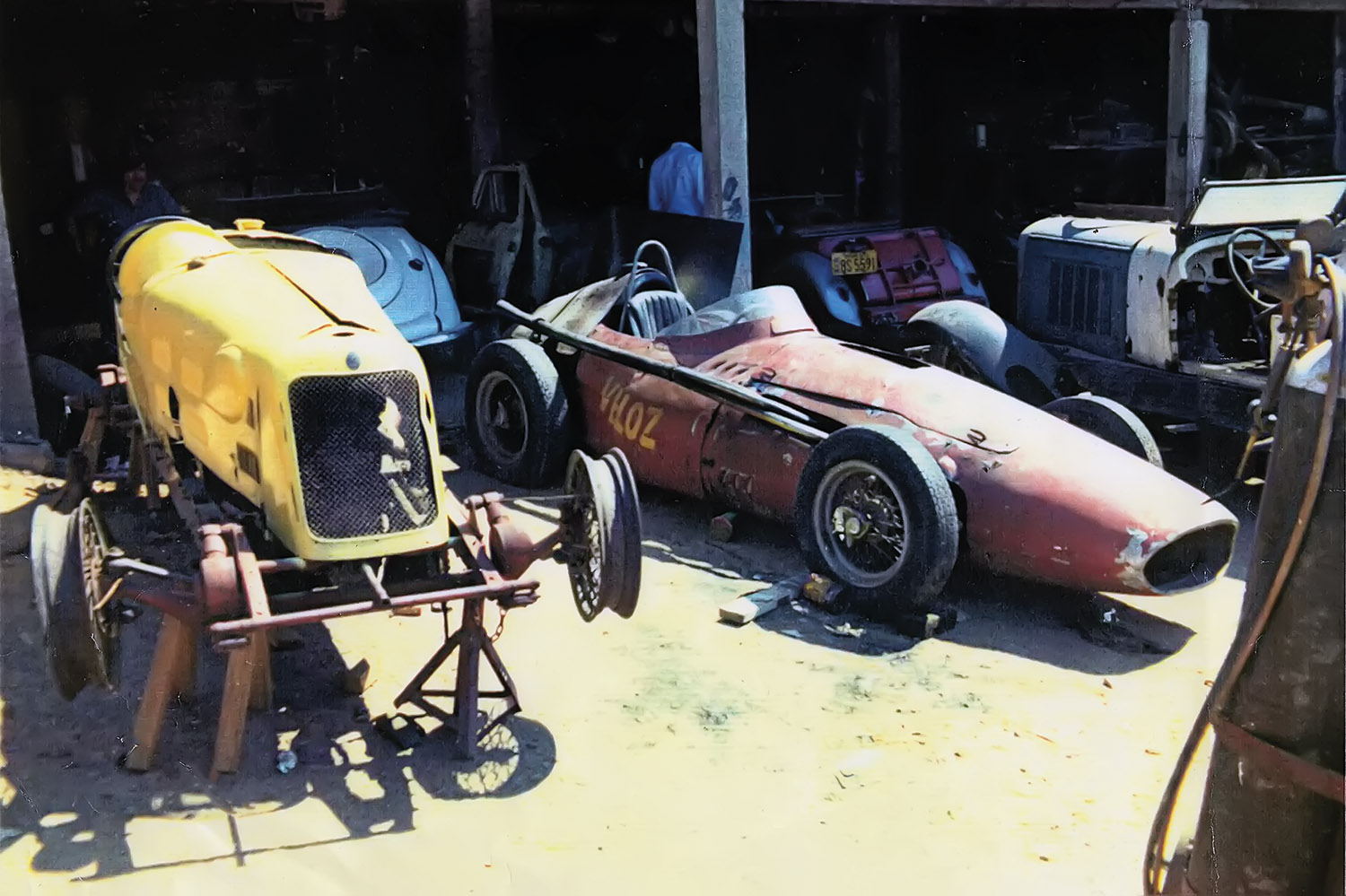
1972 This is a wonderful scrapyard in Brazil, containing amongst others, two Maserati 250Fs and a Maserati A6GCS and an 8CM (Chassis 3009).
Here Carlos Avalone could not have been more helpful and his enquiries in Sao Paulo seemed to have borne fruit when he tracked down a delightful rogue called Rolando Scurzio. Soon we found ourselves looking at four Maseratis, an A6GCS, a brace of 250F Grand Prix cars and a pre-war 8CM. In the back of an adjoining shed, a Ferrari 166 Barchetta was parked and lurking in the background a BMW 327/80 stored under a tarpaulin. One of the 250F Maseratis, a V12 prototype was sold to Hexagon and the other to Chris Drake (2529). The 8CM Maserati (3006) was bought by Sean Danaher, whose father had rebuilt my ex-Nuvolari car (3018) beautifully many years before.
…what should I find parked in the back of his scruffy little garage but two complete and valuable racing cars covered in old tyres.
Dino also introduced me to Camillo Christofaro, who had been a successful Brazilian racing friend and ally over the years. Camillo was a larger than life character, who ran a small garage with his son on the outskirts of Sao Paulo. On meeting him for the first time at his work premises in 1973, what should I find parked in the back of his scruffy little garage but two complete and valuable racing cars covered in old tyres. On close inspection one was a 1957 Maserati 300S (3062) and the other a 1958 Ferrari Testa Rossa (0738), fitted with a Drogo coupe body from the mid-1960s. Neither car was for sale at any price and it took all my charms to convince Camillo of my good intentions before being allowed to burrow through his sheds that were filled with all manner of old racecars.
Finally, dear Camillo agreed to sell me his 1958 Ferrari TR (0738), the car re-bodied as a coupe by Drogo. We had haggled for twelve years and it was the most expensive motor vehicle I have ever bought. I watched with some trepidation from the lounge in Guarulhos International Airport as the enormous crate marked ‘household effects’ was loaded onto the Iberia DC10. The Captain, to my horror, then welcomed me saying how pleased he was to have a Ferrari on board as the plane would go so much faster with the extra horsepower. It was a relief once we were airborne, though it was fascinating that he knew all about my ‘household effects’. We were never able to ascertain whether or not it was legal to export the car from Brazil but suspect it was completely above board.
Cuba
Cuba in those early post-revolution days was not for the faint hearted. It was very run down and different from the salsa-relaxed country you read about in the travel brochures, but it was exciting as this was my chance to go to a country that up to that time had been unspoilt by mass tourism.
Perhaps Cuba was the best of all as I was the first there!
Perhaps it was lucky that no one had previously investigated the history of Cuban motorsport. My luck was that the American car collectors and dealers were simply not welcome in Cuba even though the US mainland is only 90 miles away, but there was no way they could export anything. A few of the old Yankee cars did find their way to the States but these had been bought by Canadians, predominately tourists who were not restricted by the trade embargo.
On my second day I was just a little bit despondent with my search when a small blue open car was spotted parked on the quayside. It could have been a ‘special’ and my driver wanted to carry on saying it was an MG, but he was persuaded to turn back and on examination we had struck gold as the MG turned out to be a battered Maserati A6GCS, albeit complete with Skoda engine and gearbox, but who cared? Hurrah. At last I was able to prove to myself, and more importantly, to my team that such cars existed and there was a genuine possibility of unearthing some more important machinery. The Maserati was to be the first of nineteen cars ultimately to be purchased and now it was more encouraging. No longer was I being offered old Chevrolet Bel Airs and the proper searching had begun.
United Kingdom
I remember seeing this Blitzen Benz as a schoolboy when it was displayed in the Birmingham City Museum and then the Benz and the museum mysteriously disappeared. This was the last major motor car that I sold and it came to me largely by luck when a friend who worked at Christie’s asked me to handle the sale. It was a schoolboy’s dream and was just as I had remembered it. In 1909 the Benz Company manufactured six enormous 21½-litre (1310 cu in), 4-cylinder engines with the intention of breaking the land speed record. The engine was in fact a clone of their 1908 Grand Prix design, just somewhat larger in capacity and considerably more powerful.
Suffice to say that I sold the Blitzen Benz to George Wingard, an American from Oregon who has almost certainly the finest collection of early racing cars in the world. The monster was then meticulously restored in England by Ben Collings before being displayed at the Goodwood Festival of Speed in 2006.
Codicil
There is much that Colin wanted to include in his book. Throughout the saga we learn about skiing in Switzerland, hosting General Curtis Le May at Findrack, and pheasant shoots around the world. Colin writes:
Doubtless there is enough blurb to fill a second book! I wrote most of the book while in hospital so some things were missed out. For example, enroute to Kashmir we spent three days partridge shooting whilst on elephant back. Now this is a bit different and a bit frightening as an elephant is BIG compared to a CRABBE… Passive, lovely animals. Problem here was when the elephant farted (broke wind), a regular moment I rose three feet so the shooting was a joke and hugely funny. The animals were wonderful. This was a high point in my life and perhaps the animal also!
Book Specifications:
• Page Size: 230mm x 280mm
• Page Count: 448 pages
• Photographs: 550 images
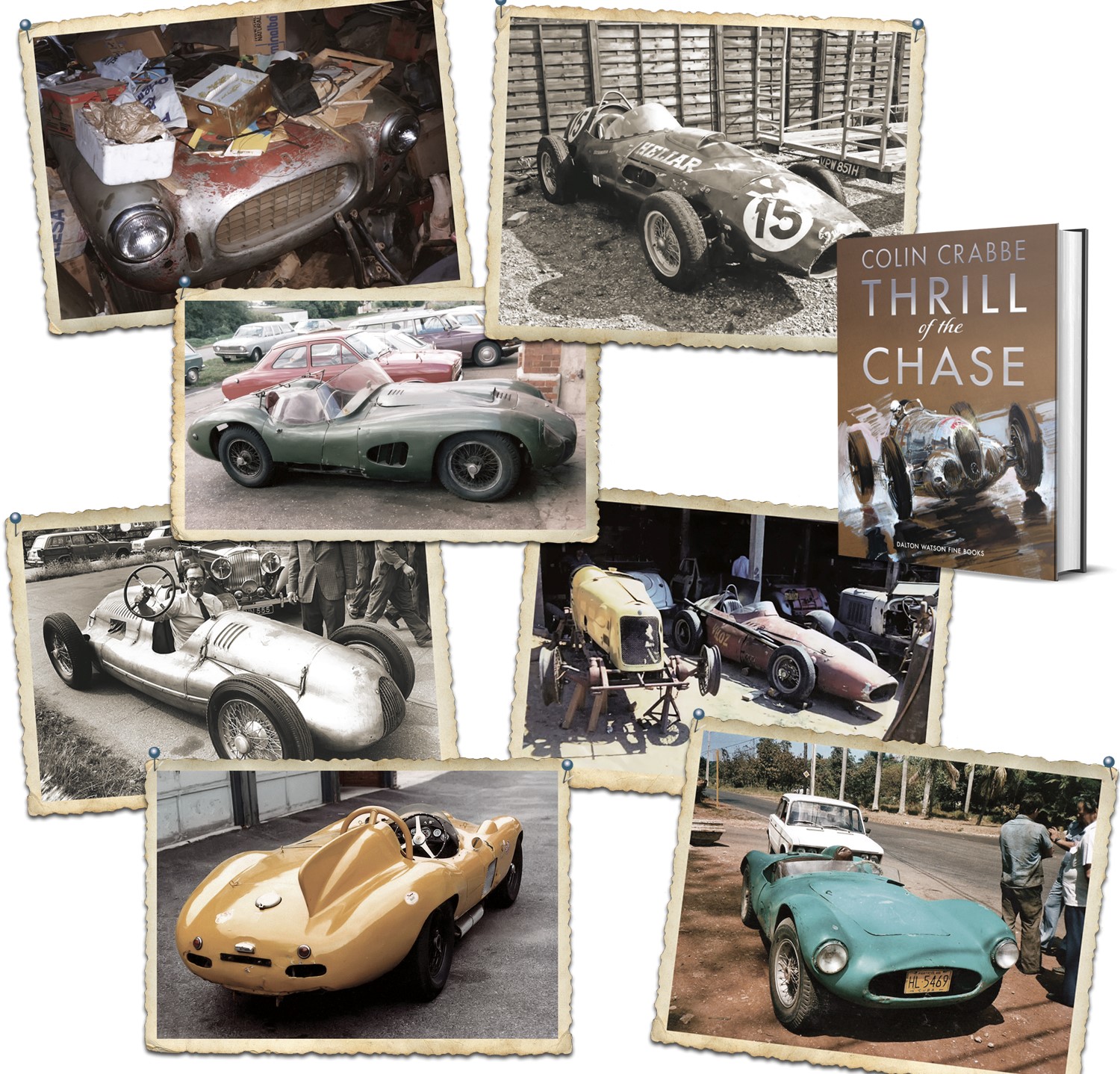
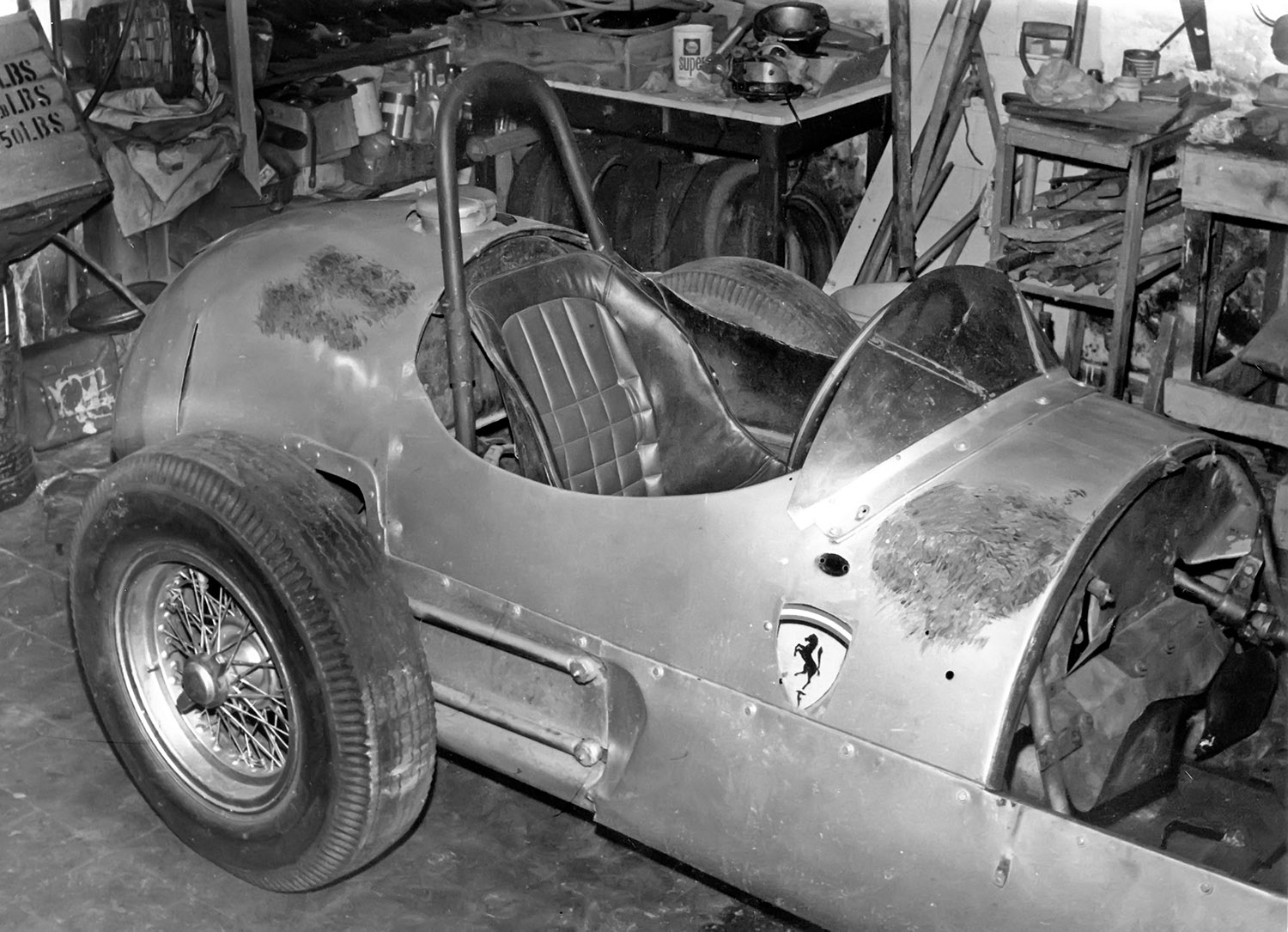
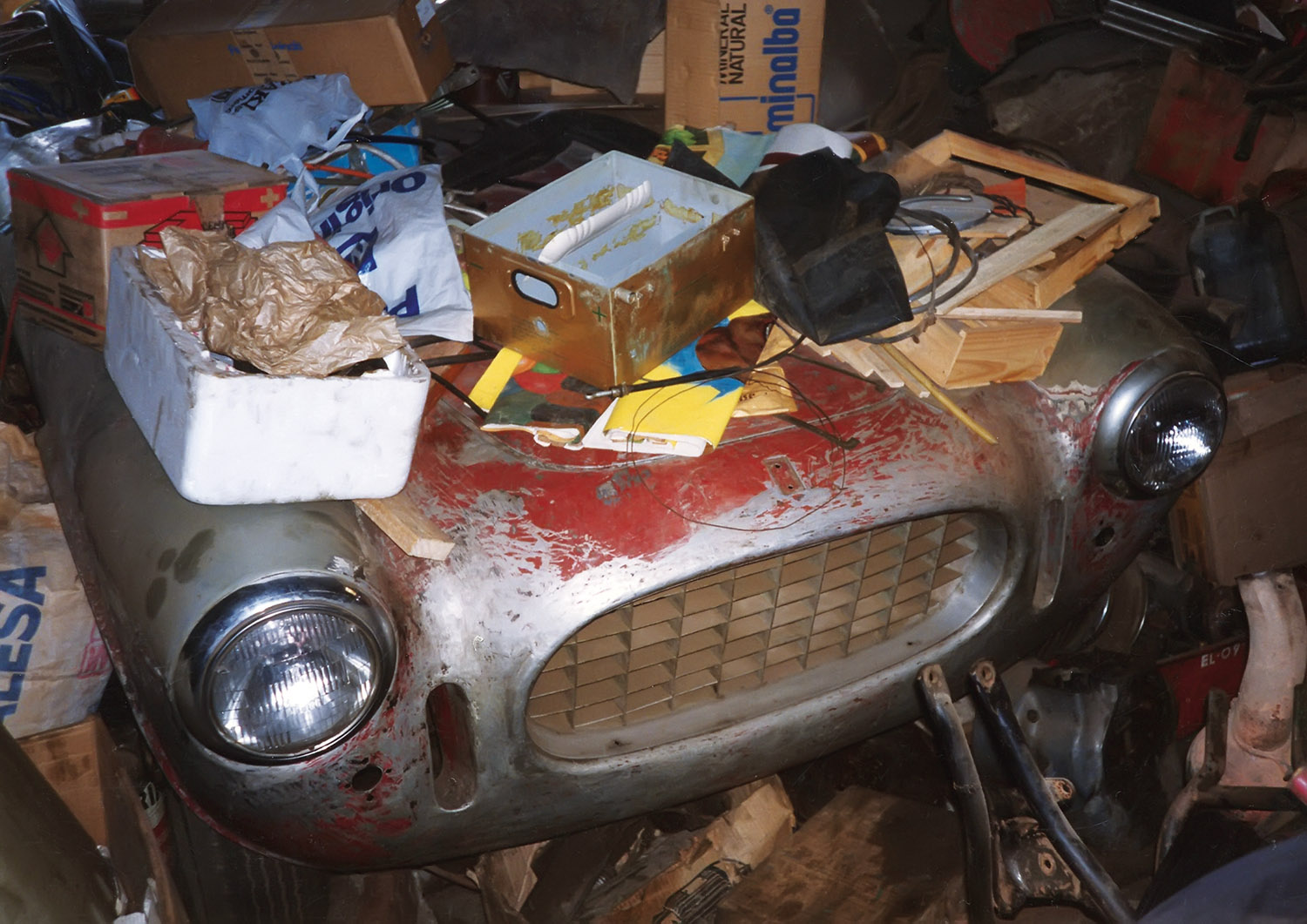
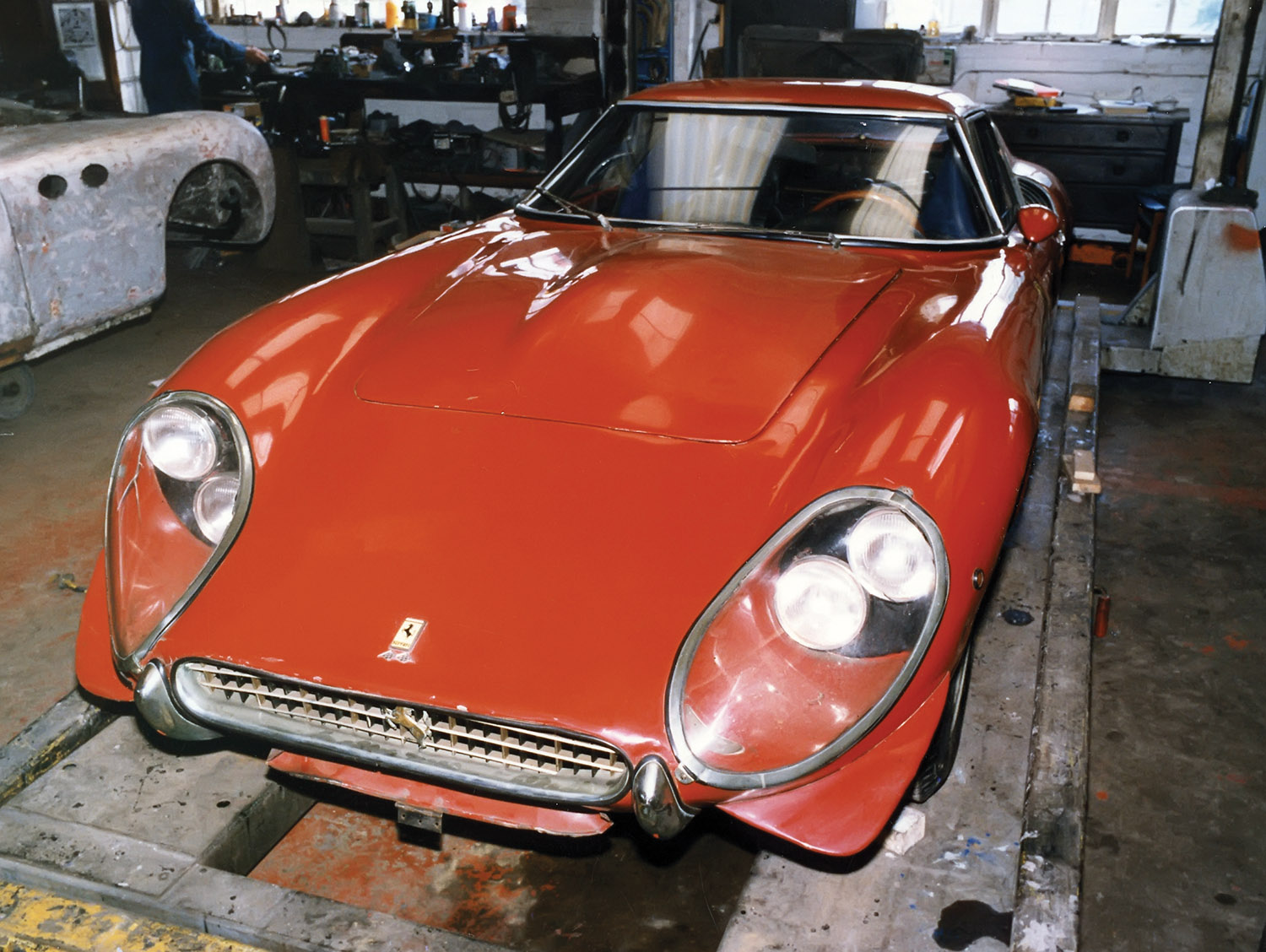
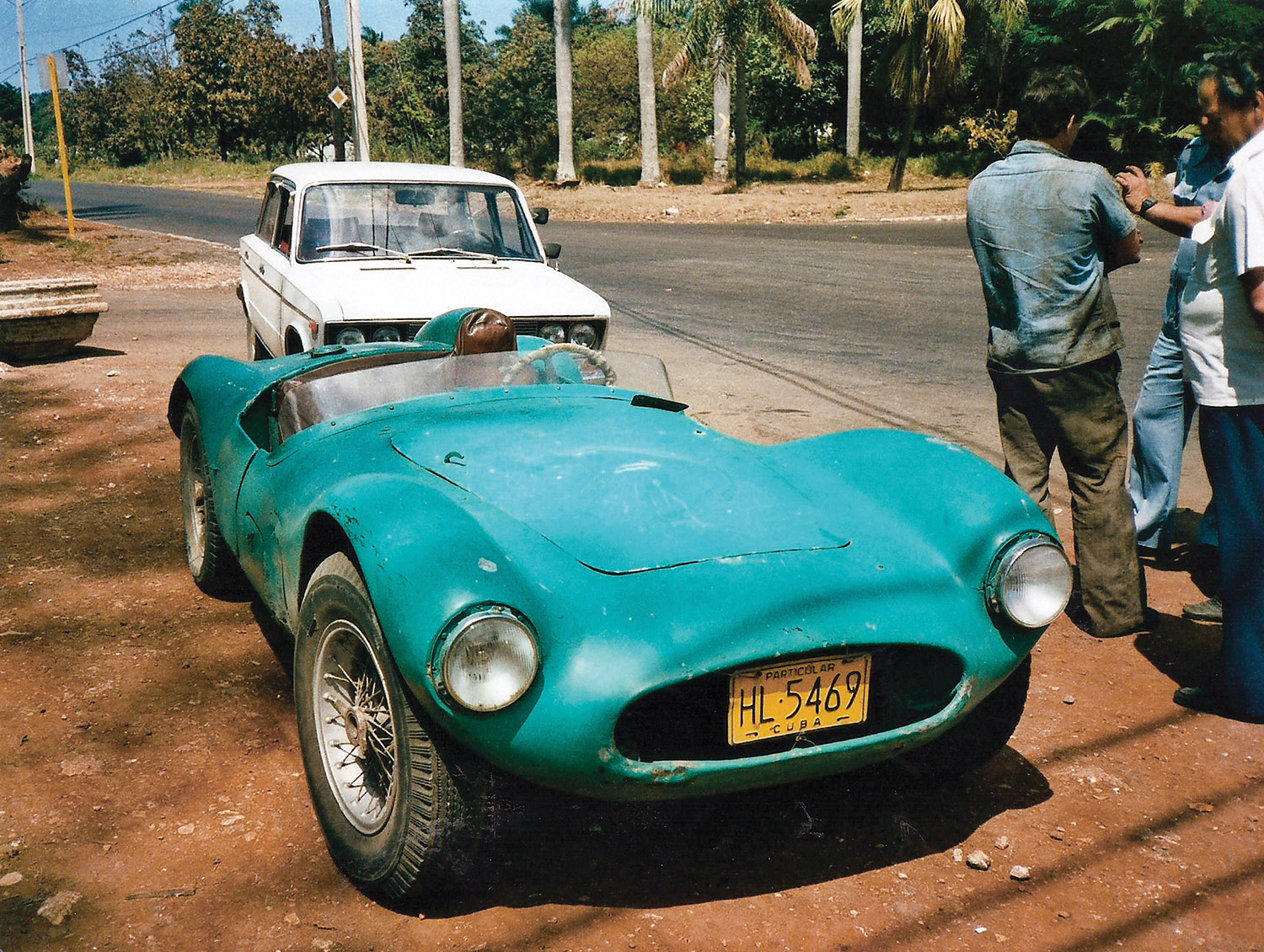
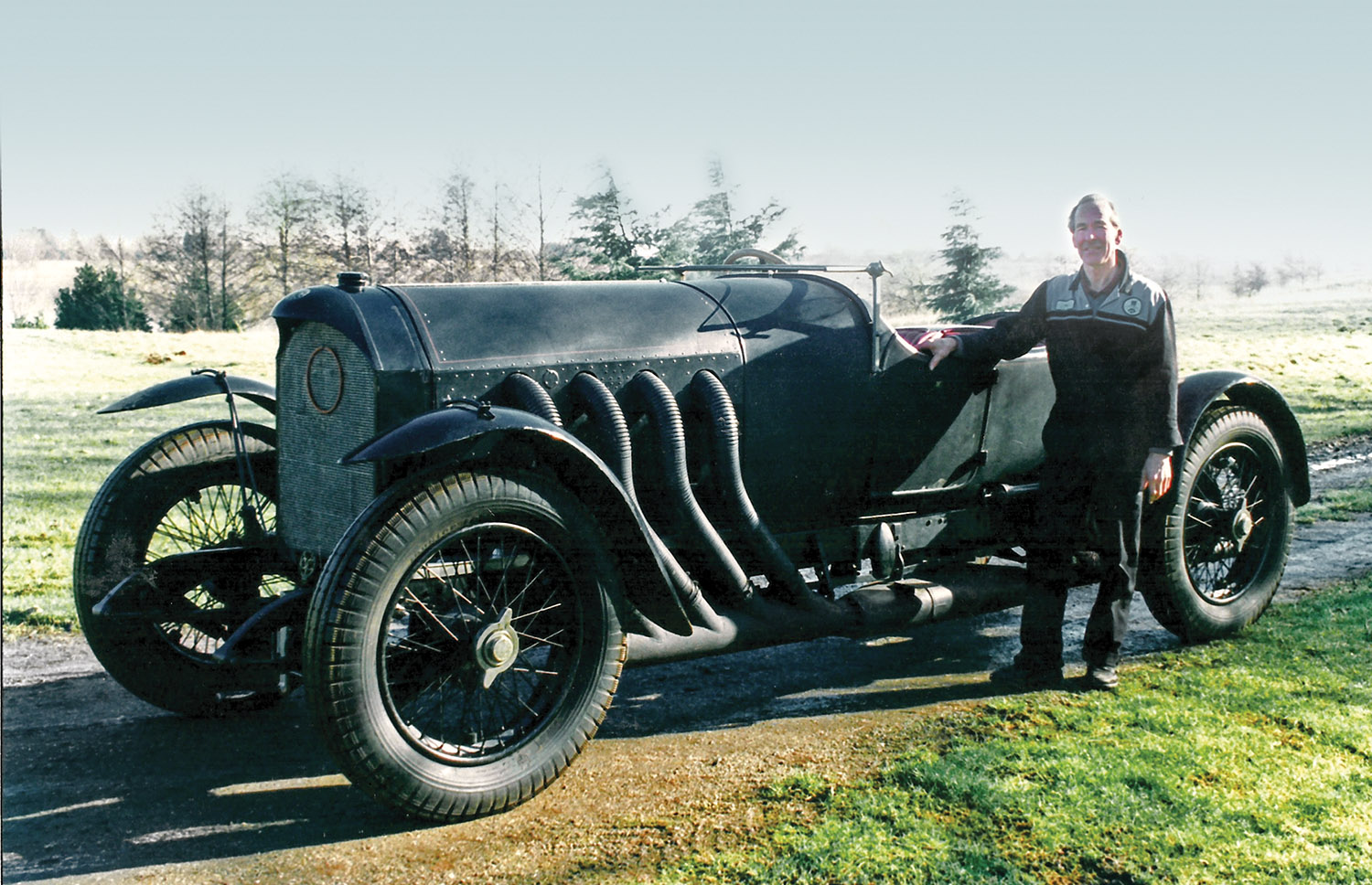

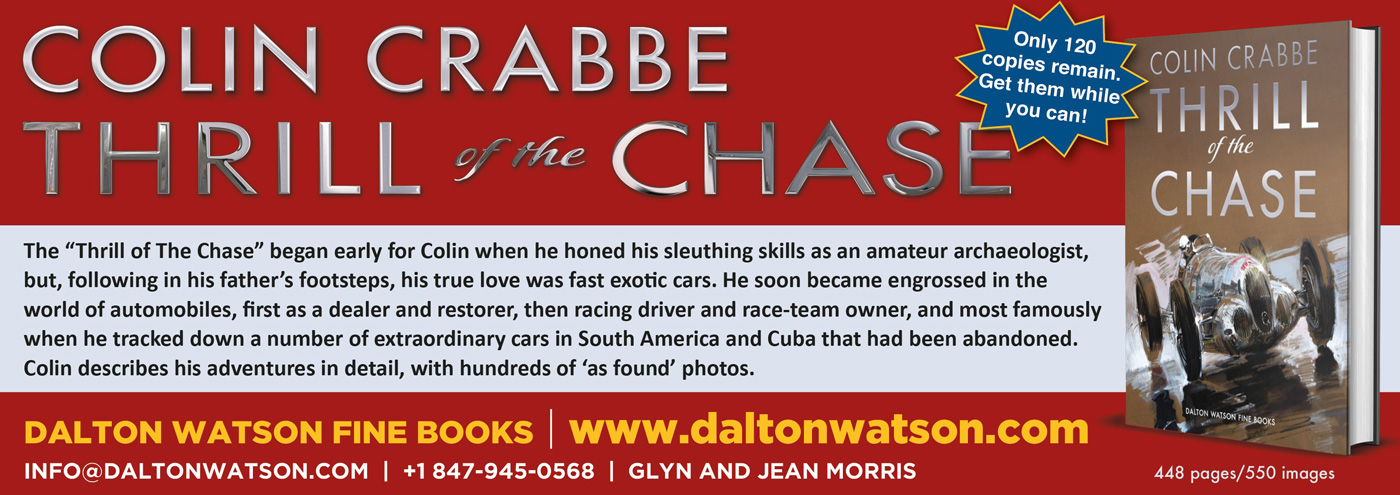
What a fantastic adventure.
wonderful article !!
great story